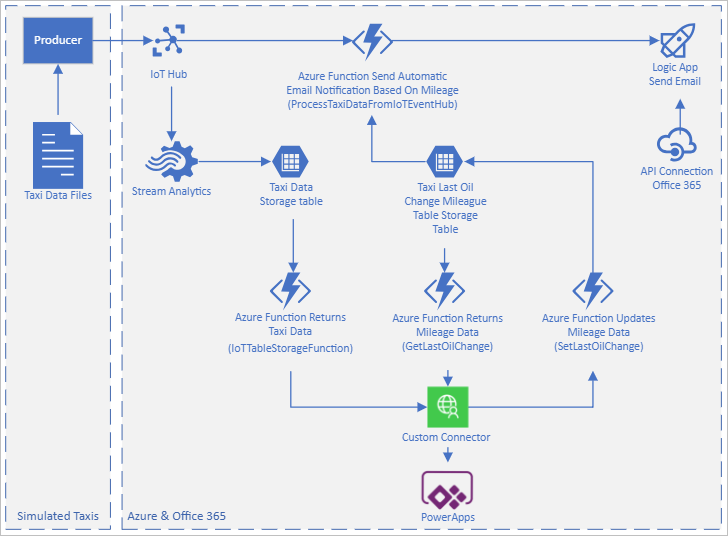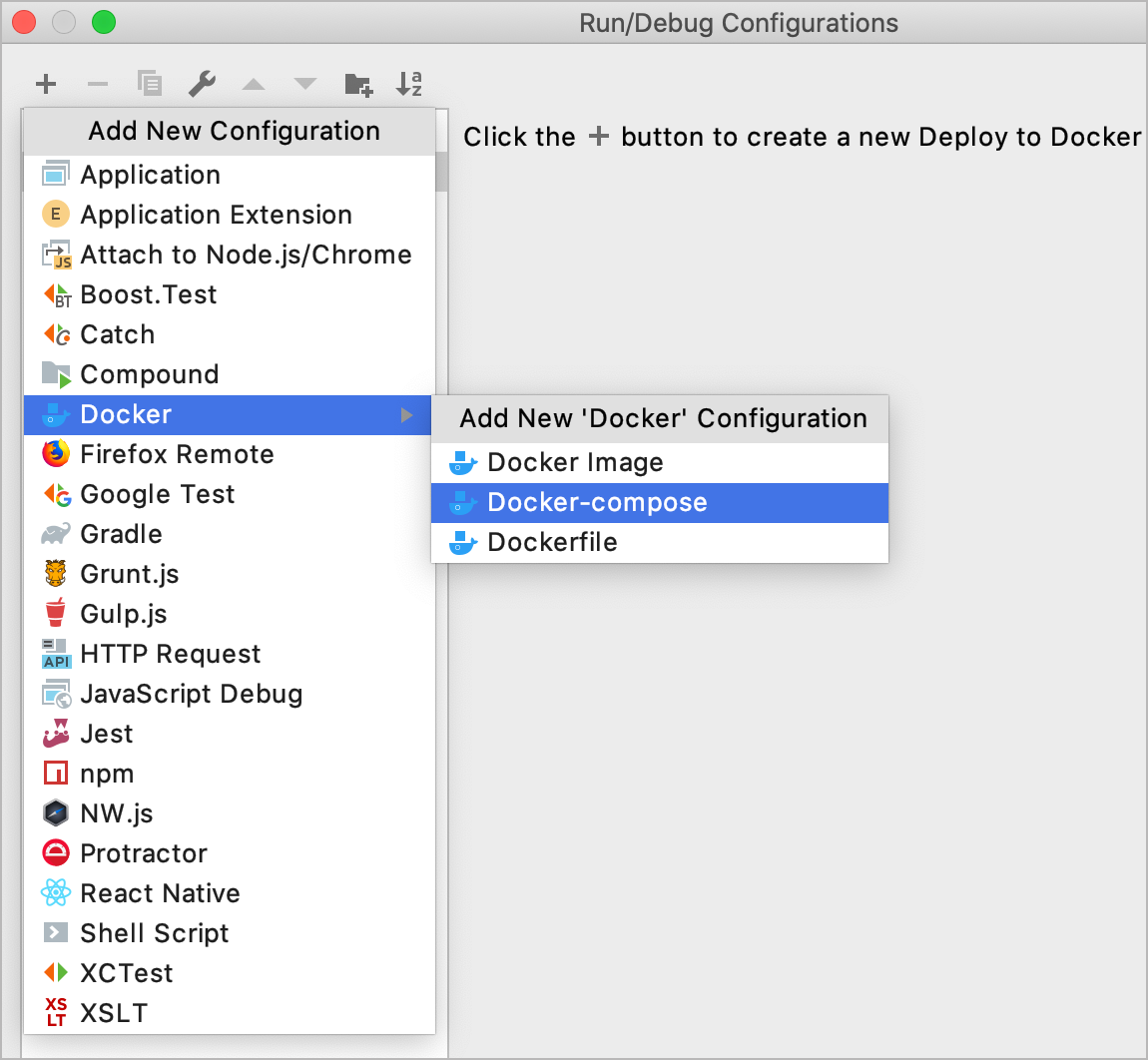

- #Application appcode references generator
- #Application appcode references manual
- #Application appcode references code
Therefore if there's a chance, the developers will try to make things to be configurable as possible as it can.
#Application appcode references code
In real programming world, it's really not a practical approach to hard code the logic in the codes. The question that may arise is how can have a more dynamic approach to make it possible for the File Convertor to generate different Output File with different output formats?

File Formats above, it illustrates the Static mapping of Input File to Output File. To enable the File Converter to have capability to generate derived fields based on certain logic, such as summation of fields, count of records, etc.Īs what we can see from Figure in section: 1. To verify the data checksum, size, format, etc. Other than that, we may think what features we should build into the File Converter, such as: 如果在输入文件或输出文件中使用了定界符,请考虑尽可能使用定界符,这与数据内容不同。Ī Text Qualifier could be very useful to use in case inevitably the data also contains the character of delimiter as part of the content. In case the Delimiter was being used in either Input File or Output File, do consider to use the Delimiter as unique as possible, which is different from the data content. We can create a Script Task (in C# or VB.NET) and write the logic within.ī) a Compiled Executables, VB Script, PowerShell script etcĭepends on the efficiency and convenience of developer, different programming languages and tools could be used to develop the File Convertor There are few options available, such as:Ī) SQL Server Integration Services (SSIS)

What programming languages or tools to be used to generated the Output File? V) The conversion from fixed width to delimiter-separated, or vice versaĪnd hence, an Input & Output File Mapping documentation is useful to document all the requirements.ĭo we need to build an User Interface to enable user to operate the program or we simply make it as simple as a Console Program or a Service that running at background? Iv) The change of fixed width / delimiter Similarly for the Output File, there could have a different format which come with a Header section, a Detail section or even with a Footer section, that's all depends on the Targeted System's requirement on what data format are accepted. Each of the sections could be defined differently with different fixed width to define the data that being stored. To ensure the data to be transferred successfully from the Source System to Targeted System, first we need to determine the file format of Input File.įirst of all, we need to determine what are the sections available in the Input File, most of the cases, there could be a Header section, a Detail section, with an optional Footer section. Hence, the Source File (Input File) needs to be further processed before it (Output File) can be recognized and used by the Targeted System. What we will focus on in this article is the second scenario, Data File Transfer.Ī common problem is there is no option available in the Source System to directly generate the Source File needed by Targeted System.
#Application appcode references manual
Manual System Entries - Data is recreated manually via some sort of user interface in the Targeted System.Data File Transfer - Data is first exported from the Source System as a file and then imported into the Target System.Database to Database Integration Services - Data are being transferred seamlessly between Source System and Targeted System with authenticated credentials.Relating to this file transfer protocol, there are a few issues that need to be agreed on, especially to do with how the data is being transferred. The program that defines the configuration rules how the Output File should be generated via the File Convertor.
#Application appcode references generator
The configuration file that defines the rules how the Output File should be generated via the File Convertor.Īdmin Executables / Template File Generator The program that converts the Input File to Output File. Referring to the Final Data File that will being used by the Targeted System.

Referring to the original data file that generated from the Source System. The IT system that will received the output data from Source System. The IT system that provide the original data.


 0 kommentar(er)
0 kommentar(er)
